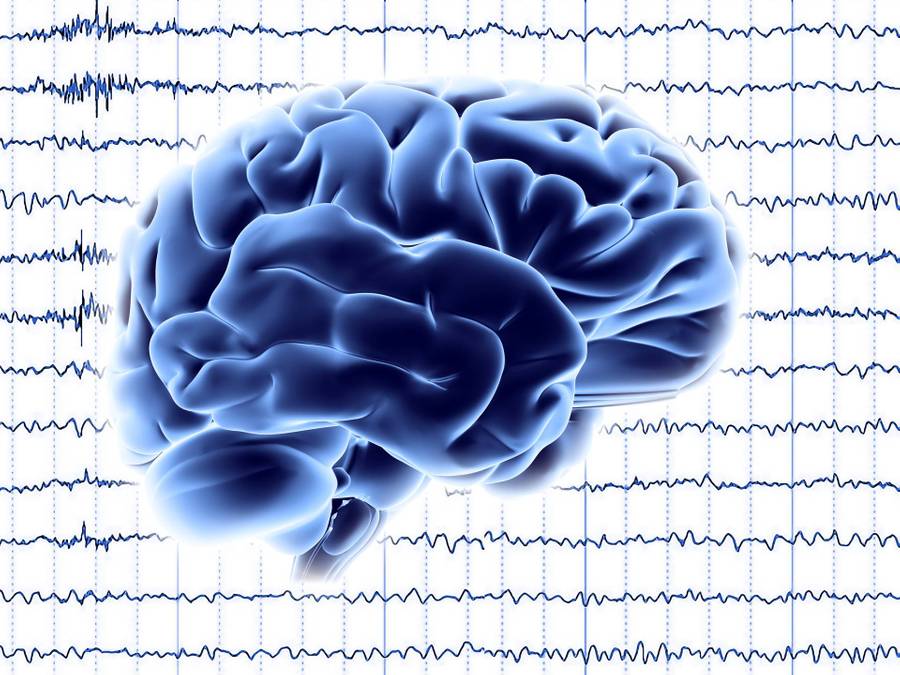MERLN’s National EEG Database Featured in ILAE Publication
What is EEGenix®?
Stratus’ R&D division, MERLN®, has developed an extensive database of more than 50,000 de-identified video EEG recording reports. This EEG database, EEGenix, is accessible to academic researchers through a web-based search platform. EEGenix allows researchers to refine search criteria and displays anonymized EEG reports and linked EEG video. This information provides academic researchers an opportunity to perform archival analyses and answer key hypotheses with a vast data set.
The Aims of the Most Recent Study
Recently, Chen et. al., 20201, performed a retrospective study assessing the relationship between reported symptomatology and incidences of epileptiform discharges during ambulatory video EEG monitoring. Reviewing a nationwide sample of over 9,000 adult patient recordings performed between July 1, 2016 and June 30, 2017, the researchers aimed to examine whether specific self-reported seizure related symptoms correlated with whether epileptiform discharges occurred during an in-home EEG recording. All data reports were reviewed by epileptologists, and seizure related symptoms were categorized into six major categories:
- automatism
- autonomic
- cognition
- emotion
- motor
- sensory symptoms
What the Researchers Found
Motor symptoms (e.g., jerking) and automatisms (e.g., lip smacking, moaning, verbal automatisms, blinking and/or aggression) were independently associated with an increased occurrence of epileptiform activity (OR 1.53 and 1.42, respectively, p’s <.001). Independent symptoms within these categories, such as verbal automatism, moaning, and lip smacking, were highly related with epileptiform activity, with presence of symptoms indicating a more than four-fold (and up to eleven-fold, all p’s < 0.006) increased likelihood of capture of epileptiform discharges.
Although other categories did not significantly relate to epileptiform activity, individual symptoms such as déjà vu (OR 2.82, p=0.002), aggression (2.48, p=0.015), muscle pain (2.75, p=0.027), and choking (5.49, p=0.07) were also related to higher incidence rates of epileptiform discharges.
The sensory category (e.g. chronic pain, fibromyalgia), on the other hand, and individual symptoms such as syncope were significantly associated with a lower likelihood of epileptiform discharges (OR 0.76 and 0.71, respectively, p’s <.001).
What this Means for EEG Research
This study presents a unique view of the relationships between patient reported symptoms pre-EEG assessment and epileptiform discharges during ambulatory video EEG monitoring. Although it should be noted that incidence rates for individual symptoms were small compared to the whole group, specific symptom categories, along with specific individual symptoms were identified as indicators on the likelihood of epileptiform discharges during recording. These results help better characterize neural activity underlying specific presenting symptoms, and research such as this may help inform the field in discerning epileptic from non-epileptic disorders in practice based upon patient report.
The Opportunity for Collaboration Using EEGenix
Stratus and MERLN are dedicated to improving the understanding of epilepsy and epilepsy care through a focus on improving quality and data capture of neurophysiology assessments. As part of this work, we invite collaboration with academic researchers who wish to utilize the EEGenix database to address specific hypotheses. If you want to collaborate with MERLN and use our de-identified EEG research database, contact us here.
References
1. Chen H, Koubeissi M, Aziz S, Slater JD, Al Bunni H, Khan MT, et al. Seizure symptoms and ambulatory EEG findings: incidence of epileptiform discharges. Epileptic Disord. 2020;22(6):752-758. doi: 10.1684/epd.2020.1220.
About the Author
Hans Klein, Ph.D. Manager, Scientific Publications



